So I had one of those moments, both nostalgic and bittersweet, this past week when my author copies for WEIRD DETECTIVES: RECENT INVESTIGATIONS arrived.
I knew the anthology was floating around because I’d gotten an email from someone who’d read my story, “The Key” (the first story in the anthology and something I didn’t know but which I’ll tell you why I’m tickled about that in a second) and wanted to let me know how much he loved it. So that was nice.
When the books arrived, I flipped to the story and was sort of . . . Wow, long time no see, how you been doing? The story is one I’d written back in 2004 and was a bit of a departure for me because I chose to write about a detective who was the partner of another detective I’d introduced in a story I’d done the year before, “Sarah’s Heart.” That story made it into an e-anthology (Hauntings; L. Marie Wood, Ed.; Houston, TX: Cyber-Pulp Publishing; 2003) but not print. I found that after writing SH, I was very. . . well, fond of the Jason Saunders character, the partner. So I thought, I’d really like to see who this Jason-guy is, you know? Who are his friends; what does he like; that kind of stuff. I also think that the reason I chose Jason to spin off was because the story in which he was introduced was both finished and not; I don’t want to give away what happens in SH in case I ever decide to finally dredge it up and put it out there for folks to read. (HAH! In my copious free time.) But, suffice to say, there are some MAJOR loose ends.
In retrospect, maybe I wrote Adam’s story (the POV detective in SH) so I could do Jason’s, I don’t know. But I do remember writing “The Key” and then trying to figure out where to send it. I tried all the regular mystery venues and have some very nice rejection letters from Alfred Hitchcock and Ellery Queen. (And, yes, guys, some rejections letter are okay to get because the editors have written something really NICE, like, essentially, God, this is great, but we can’t publish this kind of story. Gotten more than a few, and while rejection is never pleasant, seeing an editor’s personal note . . . you know, they’re busy people. So you appreciate the time they took to tell you how bad they felt about having to pass, and why.)
So I was sitting there, scratching my head, and then thought, Whoa, wait. There’s SciFiction.COM. <DOH!>
Let me explain: back in the Dark Ages of 2004, the SciFi channel (which was, yes, properly science fiction and fantasy then and DON’T GET ME STARTED) maintained a FANTASTIC website for original sf and fantasy. (As of this moment, it’s been resurrected into something completely different, and if you go to the site, you won’t find my story or anyone else’s.) The editor was Ellen Datlow, fabulous at her job, already famous by the time she was there, and–in person–an all-around really nice and fun lady, who shares my obsession for cats and also surprised the heck out of me by appearing in my signing line for DRAW THE DARK at the BEA. (A confession: the first time I met her, at a Westercon back in . . . gosh . . . ’99? 2000? . . . she said my name was “familiar” and why was that? Well, I’d only sent her like ten trillion stories she kept rejecting. But I chickened out and just said something dumb, like, oh, I’m presenting a lot at the con. I know: stupid. I’m much better now.)
Anyhoo–I’d already sold Ellen a couple of stories, and I thought, Okay, why not? The worst thing she could tell me was to get lost. One thing I can tell you is this: when you make a sale to an editor you really admire and respect, it means the world. There are some editors I would kill to sell to; a few I’ve managed; and most I’ve not–and it’s no slam-dunk either. It’s not like you sell once, and yay, you’re set for life. No, no: every story or book is a new hurdle, another chance for someone to say, Eehhh . . . no. You’ve never really arrived unless you’re . . . well, I won’t name names, but I’ll bet you can fill in your own blanks with authors you think pretty much sell everything they write simply on the basis of name recognition, whether it’s “better” than the rest or not. I’m not being catty or nasty; I’m just saying: they’ve produced to a high enough level for a long enough period of time that an editor would have to be INSANE to pass them by (and knows the author would probably find another venue in a heartbeat anyway).
Now I remember my very first sale of a short story. I remember my first book sale. I remember my first sale to different editors, and I very definitely recall what it was like to get an email from Ellen for the first story of mine that she took, “In the Blood” (which, yeah, I really am in the process of dredging up and getting together, but other work keeps getting in the way). So I knew that Ellen was a) an editor I respected and admired and b) someone open enough to look at something . . . well, kind of quirky.
So I shot off “The Key,” my weird little story about infanticide and soul murder and Jewish mysticism and guilt and redemption; and worried for weeks. Tried not to think about it. Moved on with other work. Had the nagging suspicion that, you know, regardless of what happens, I was really starting to like this Jason Saunders guy. I started having these . . . thoughts. Like, hunh, what if I did a novel with him as a character? Or another short story? Or a series of short stories? (GAWD, so Holmes. So Dresden.) It was weird; I’d never had a character get under my skin like that before.
Long story short: Ellen took the story, which is why it shows up reprinted in this new anthology. Now, have I re-read it? No. I know how the story ends. But did seeing it in print revive a whole lot of memories and half-formed ideas? Oh, you bet. Specifically: I did do another Jason Saunders story, “Second Sight” for the anthology, CRIME SPELLS . That story was published five years after “The Key,” but the character still felt immediate, fresh, alive. By the time I was done with SS, which is pretty lonnng short story, I had populated Jason’s world with characters he cared about. I had a introduced a recurring partner; a new and very mysterious woman-shrink with interesting, well, powers of her own and her enigmatic FBI dad; the shrink’s sister, a medical student; a rabbi, who’d appeared in all three Jason Saunders stories . . . this guy, Jason, was getting a real life.
And I have to admit: I had plans. I’d tried using Jason as a support character in another adult mystery, but it just didn’t work. I know why now. Jason was crying out to be his own guy and go back to the nebulous and fantastical territory into which I’d originally given him a voice. He was never meant to be a bit character.
So seeing this story . . . well, I think my husband saw it before I did: that, admit it, Ils, you’d like to do some stuff with Jason. And, sure, I would. It’s funny, but I’ve not forgotten a thing about the guy; I know what the women look like; I understand what kind of music this guy likes and what beer he’ll drink , what he likes to eat, nd even where he lives and why.
Will I do another Jason Saunders story? I don’t know. I do know that I had another idea for the very next story that ought to follow SS. I still think it would work. A short story is a very different animal from a novel, and I would ultimately have to decide if Jason belongs in a short story format, or something longer. I just don’t know. Right now, because he was born in a short story, I feel like that’s where he belongs. So, maybe . . . someday.
Oh, yeah, I know what I forgot: to tell you why it’s so great my story’s the first one you see (and, no, it’s not alphabetical). Having been to a couple workshops where the task is to take stories and put together an anthology, I can tell you that story placement is important. Specifically, you want to start off an anthology very strongly, right out of the gate. It’s why, for example, stories by Stephen King are often the very first: they grab the reader and set the tone for the anthology while hopefully leaving you, the reader, wanting more. (This is also why the middle’s important and why you find some very fabulous stories right smack-dab in the center: you want your reader, who may be getting a little tired by then, to get that little jolt, a KERPOW moment. That middle story is a reward for sticking it out and the pivot point for the rest of the anthology.) Ditto the last two stories of an anthology: you want something that eases the reader into the last story which should provide closure and satisfaction, a bit like a novel (well, except mine, I guess; if you know my work, you know I thrive on ambiguity).
It was a thrill to be contacted at all for this anthology; I was blown away that someone had read and remembered that story after all these years and liked it enough to want to reprint it. But for “The Key” to be the first thing you see, for the editor to put that kind of faith in my work . . . guys, in my book, that’s an honor.

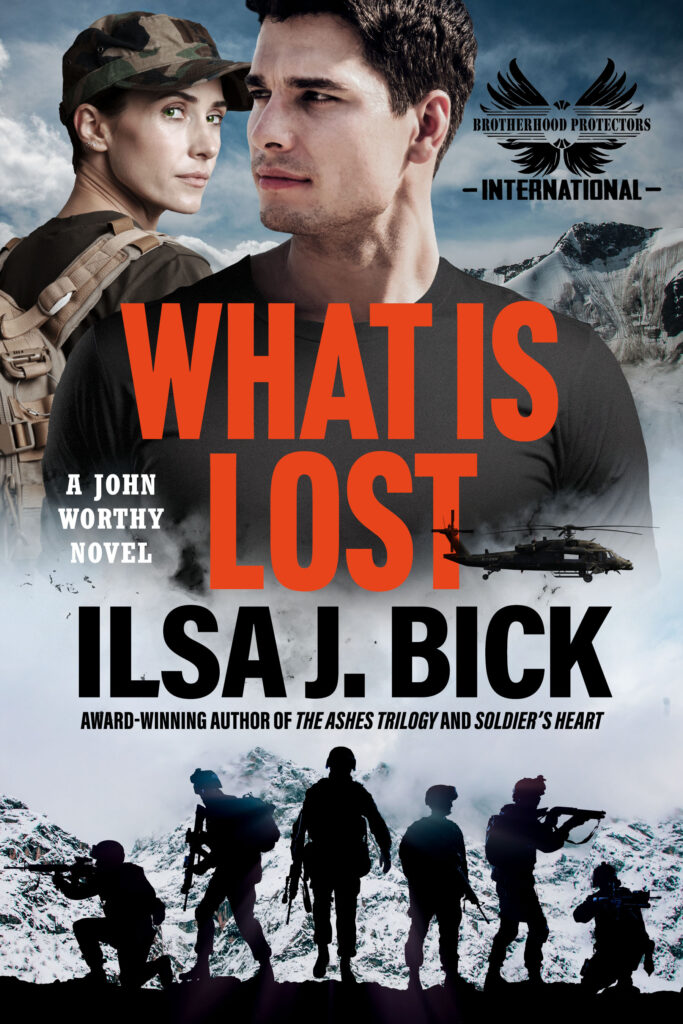
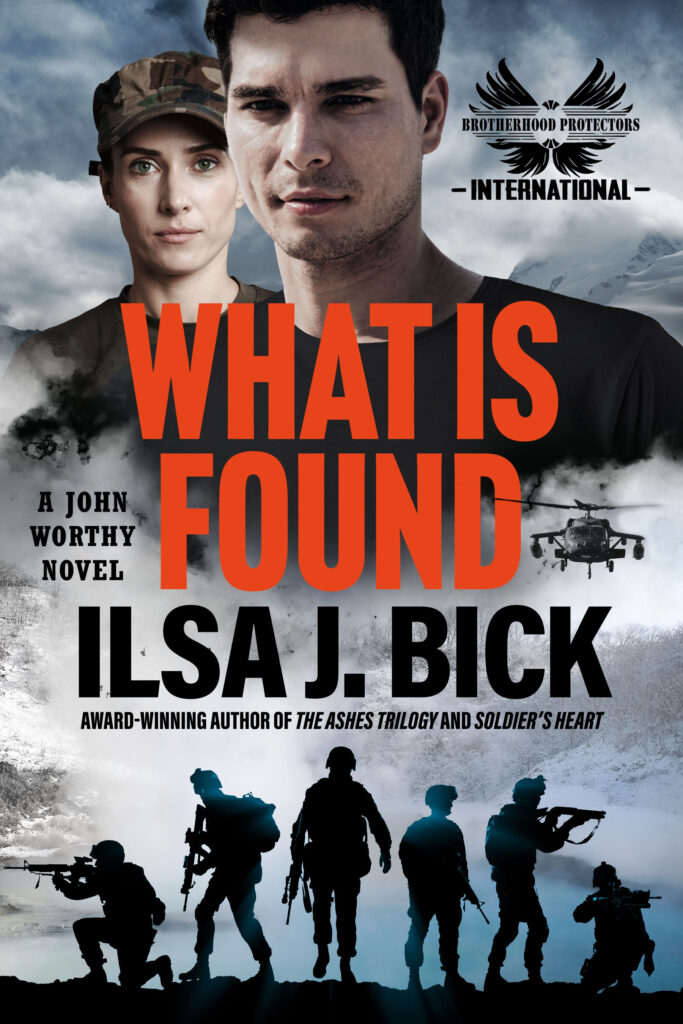
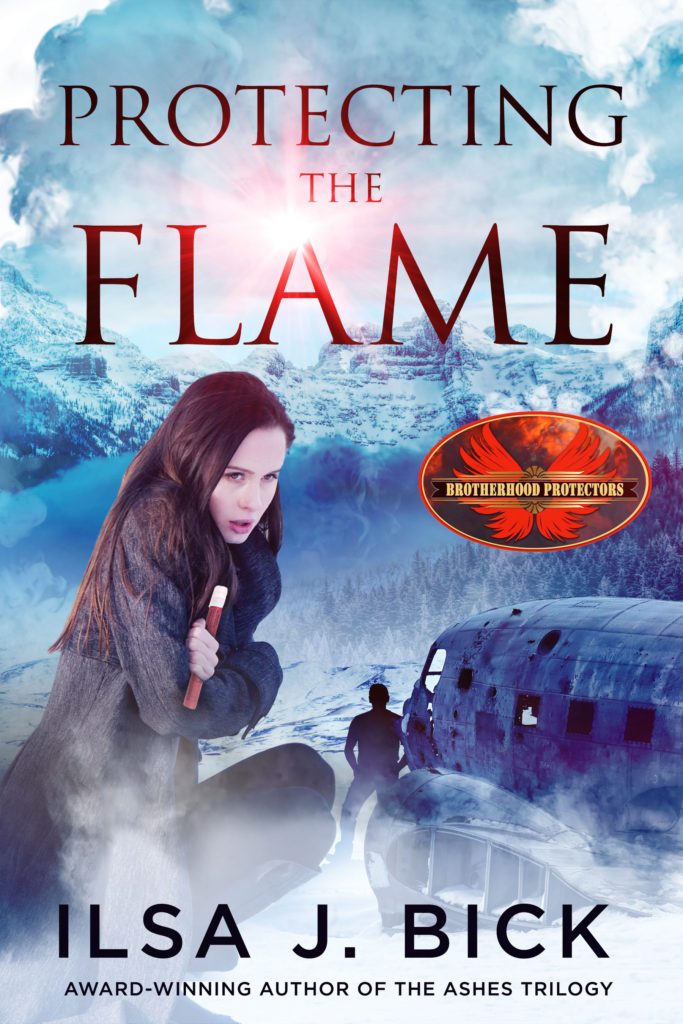

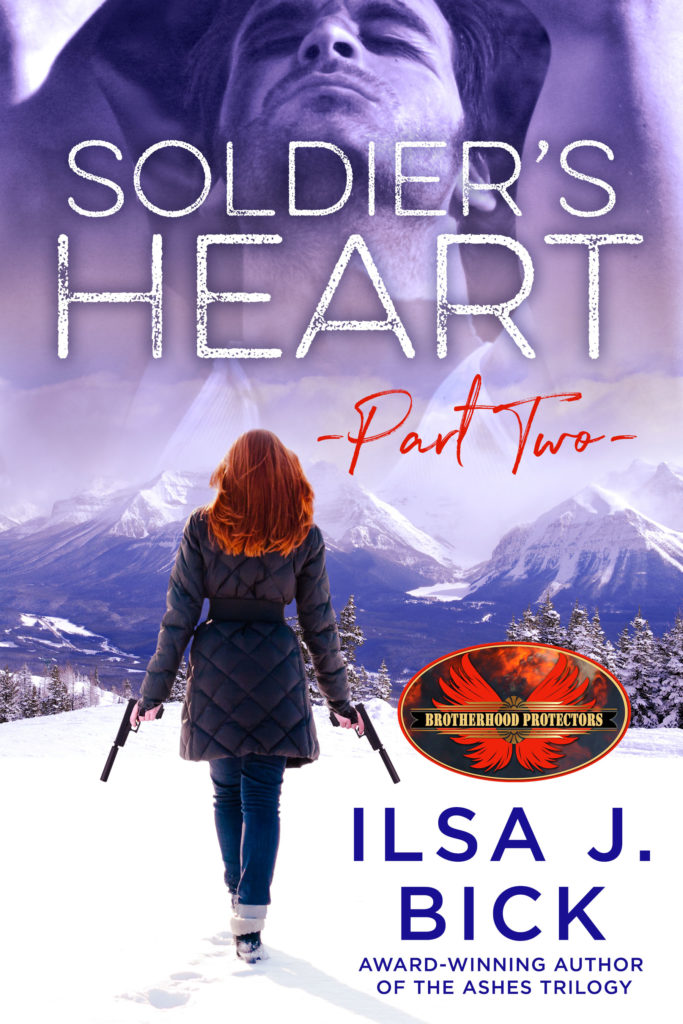
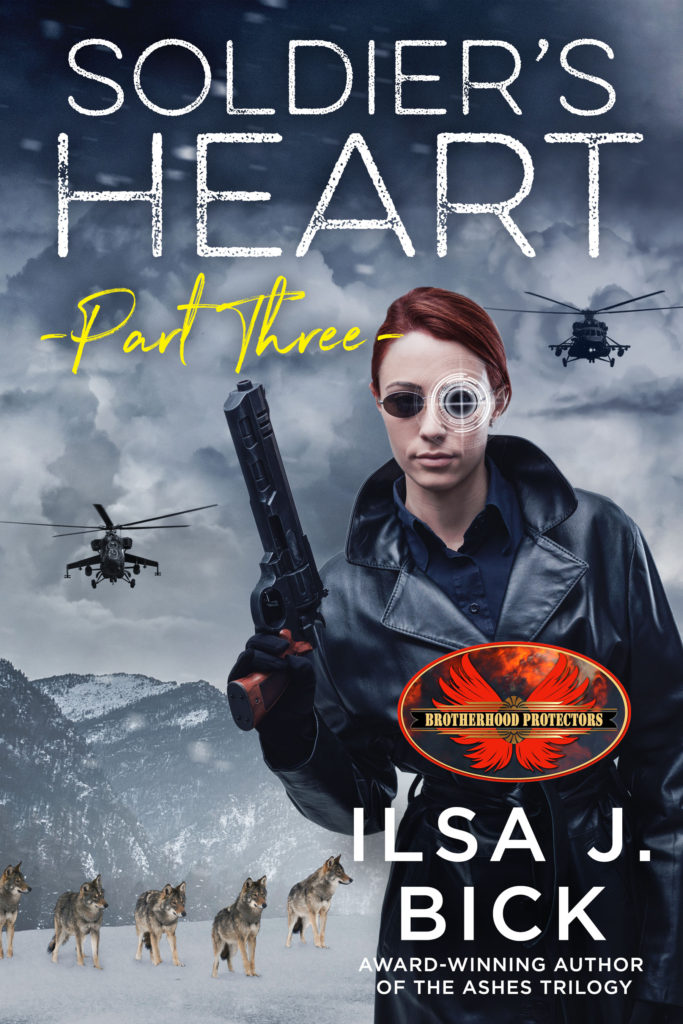
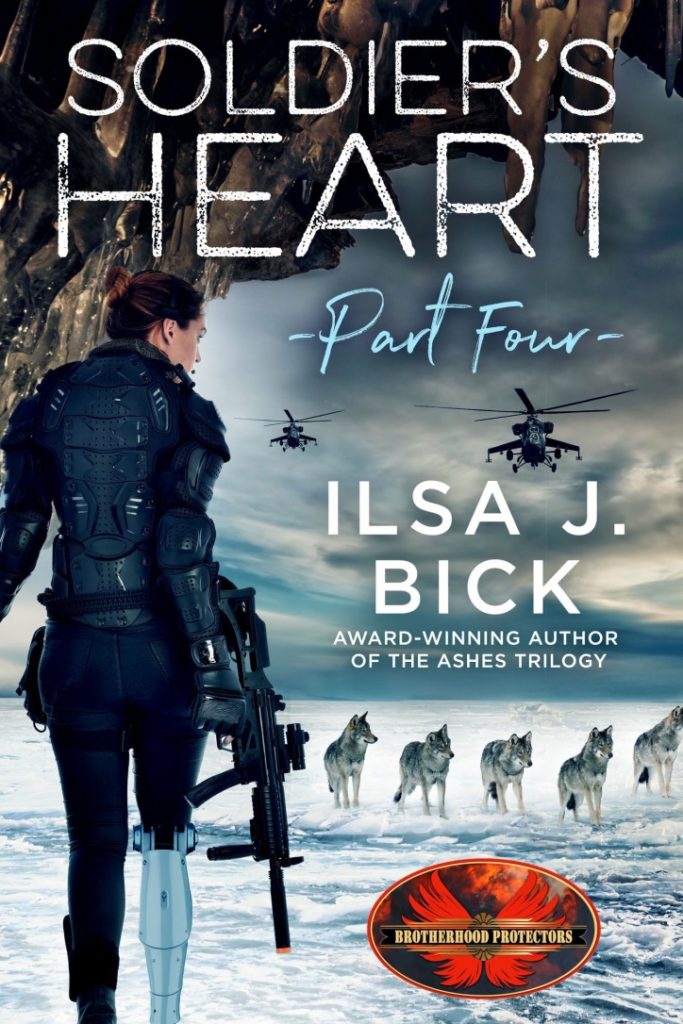
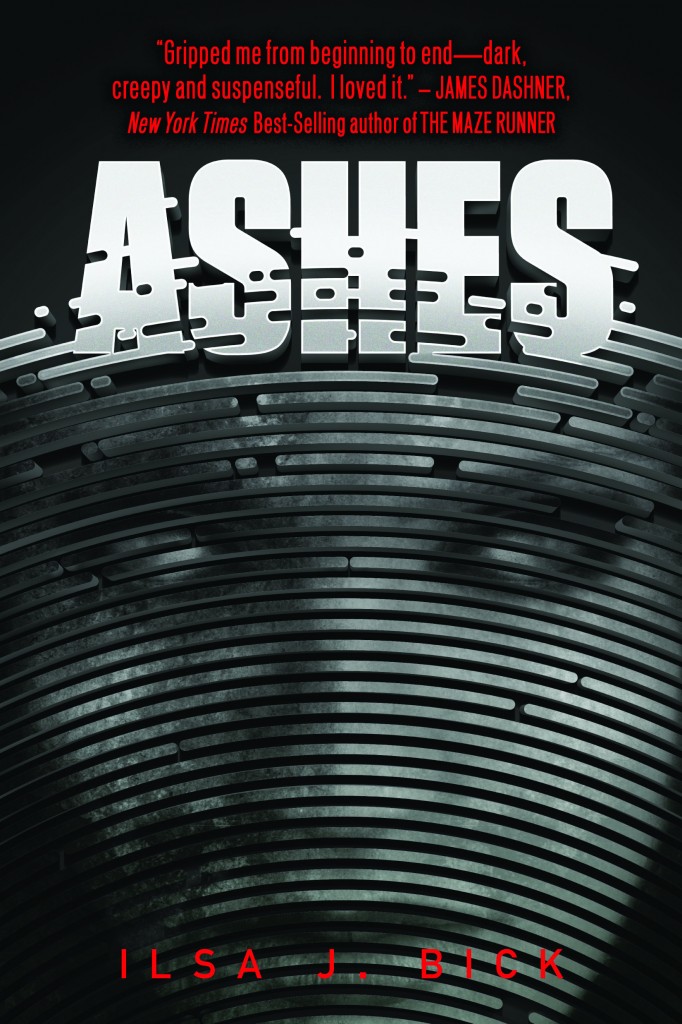
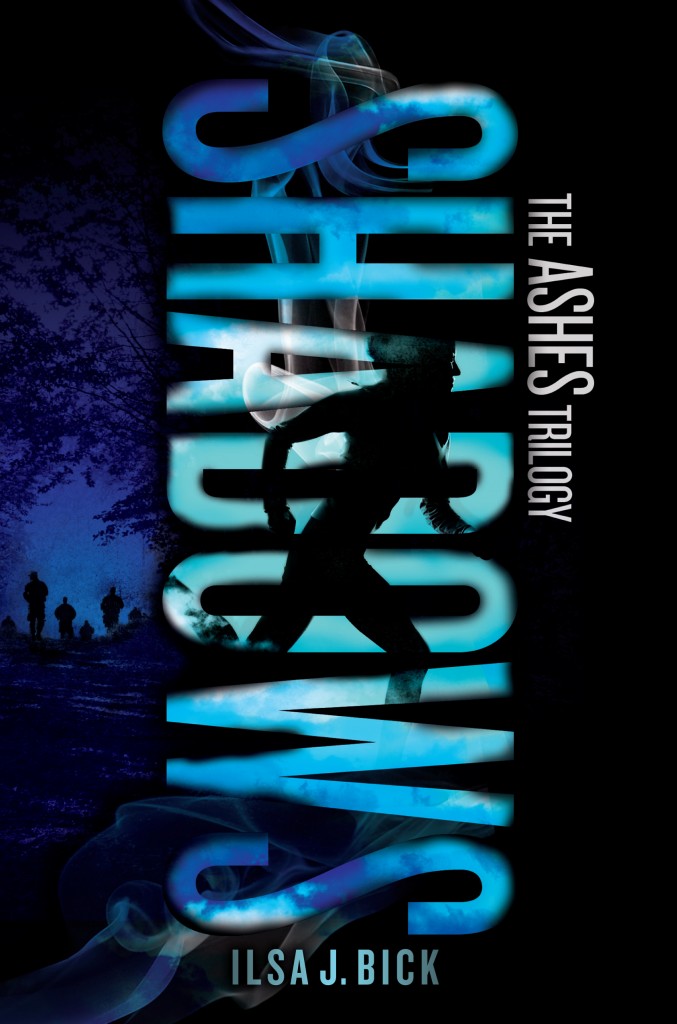
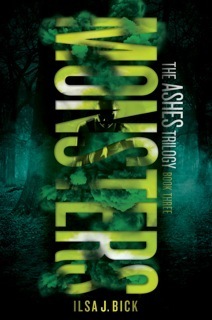
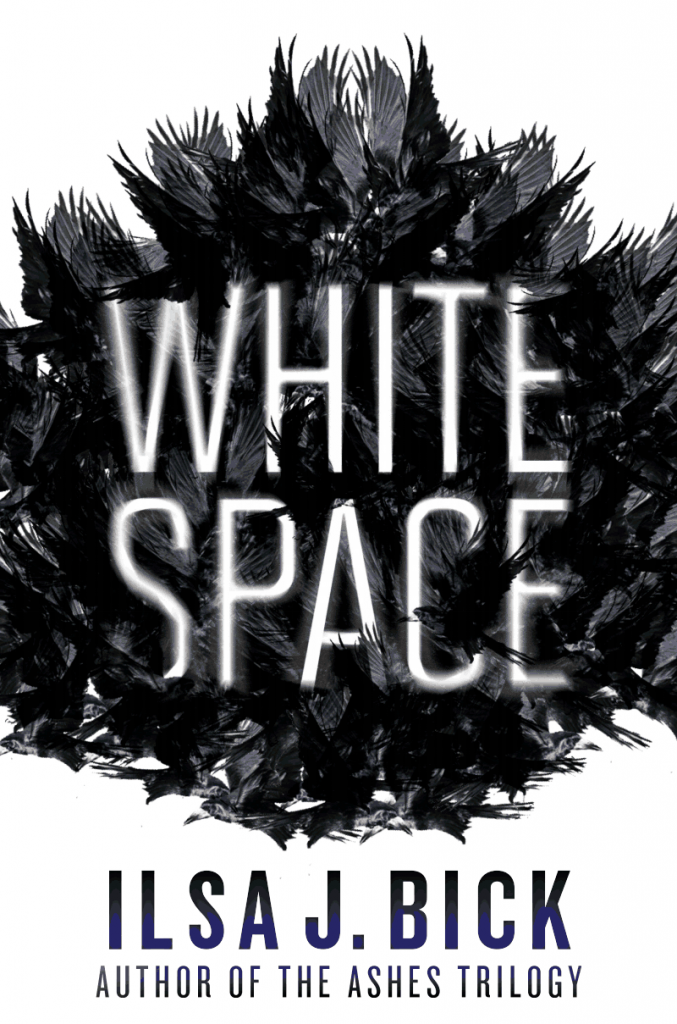
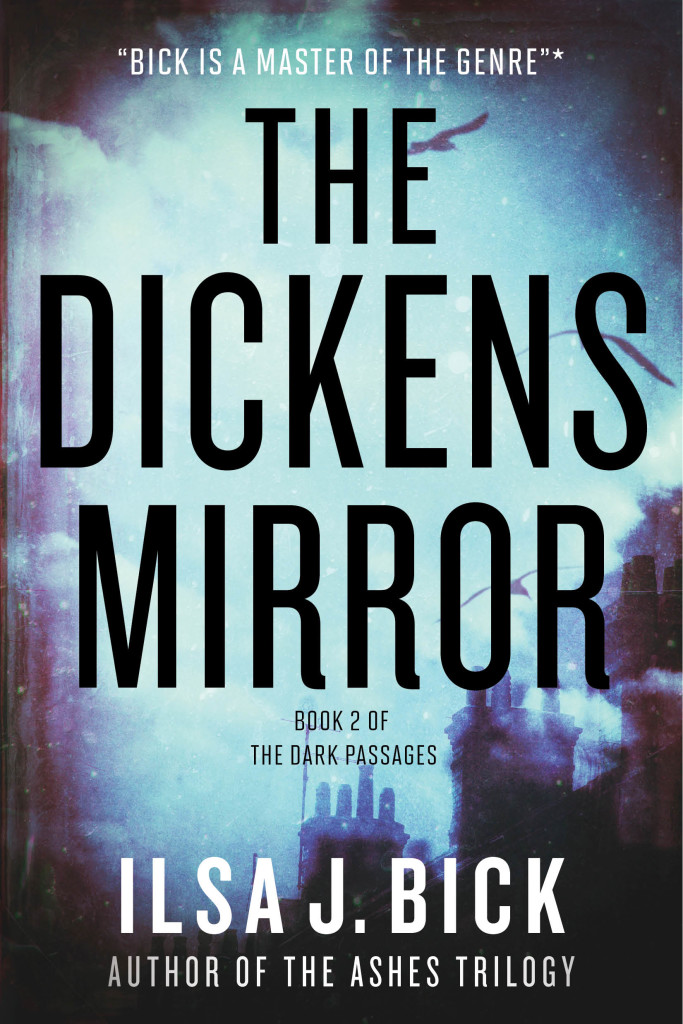
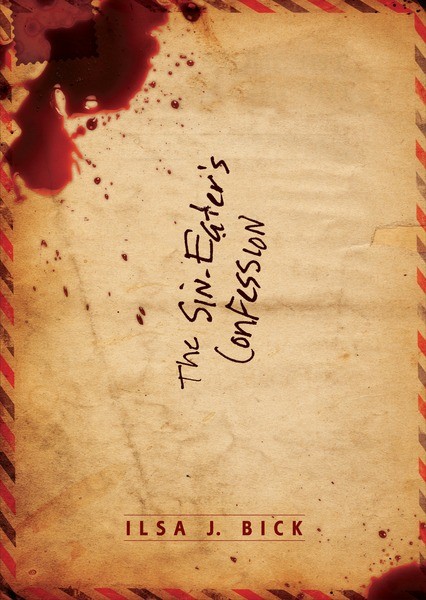
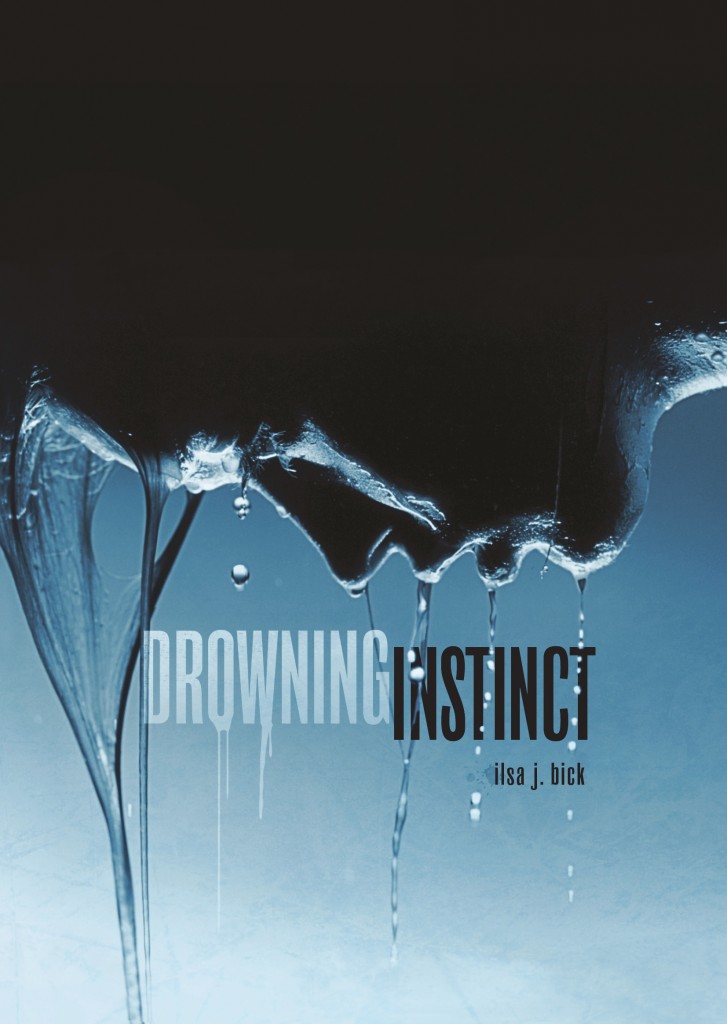
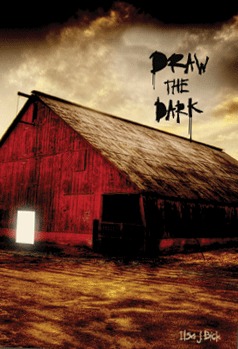
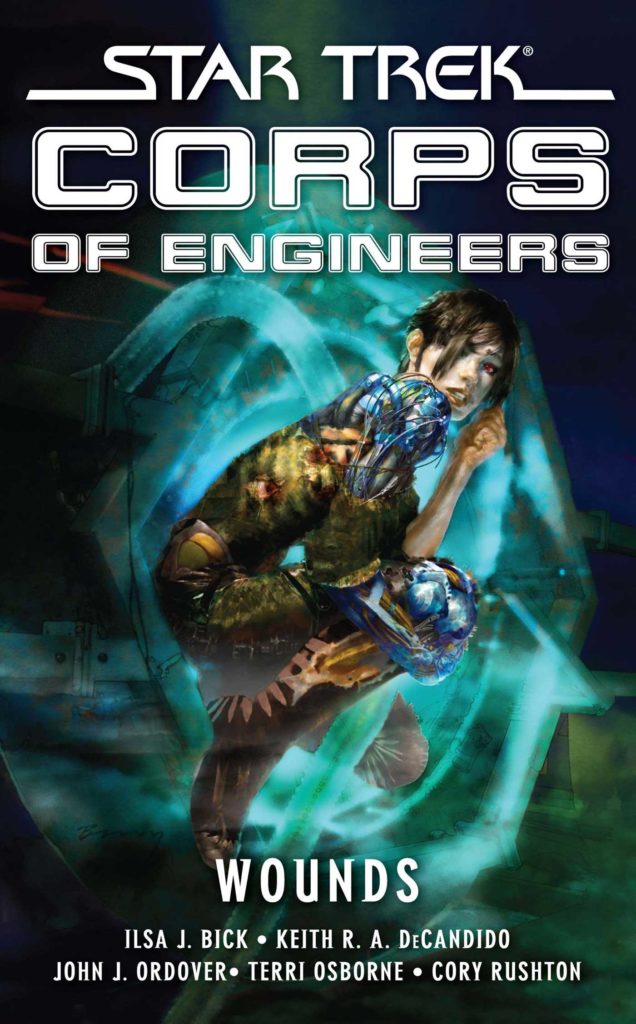


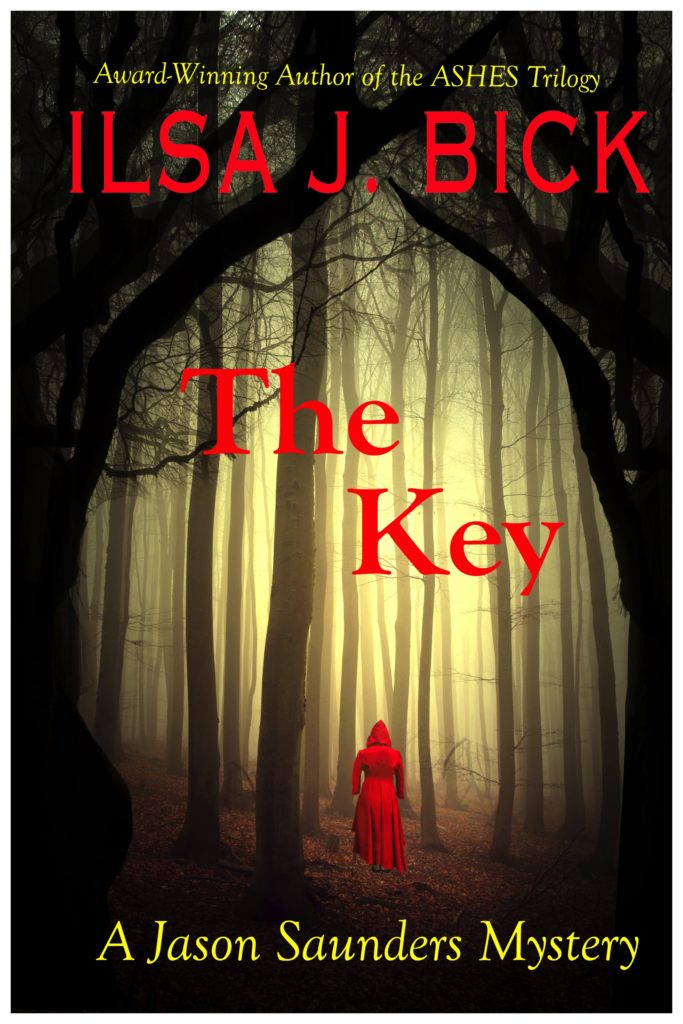
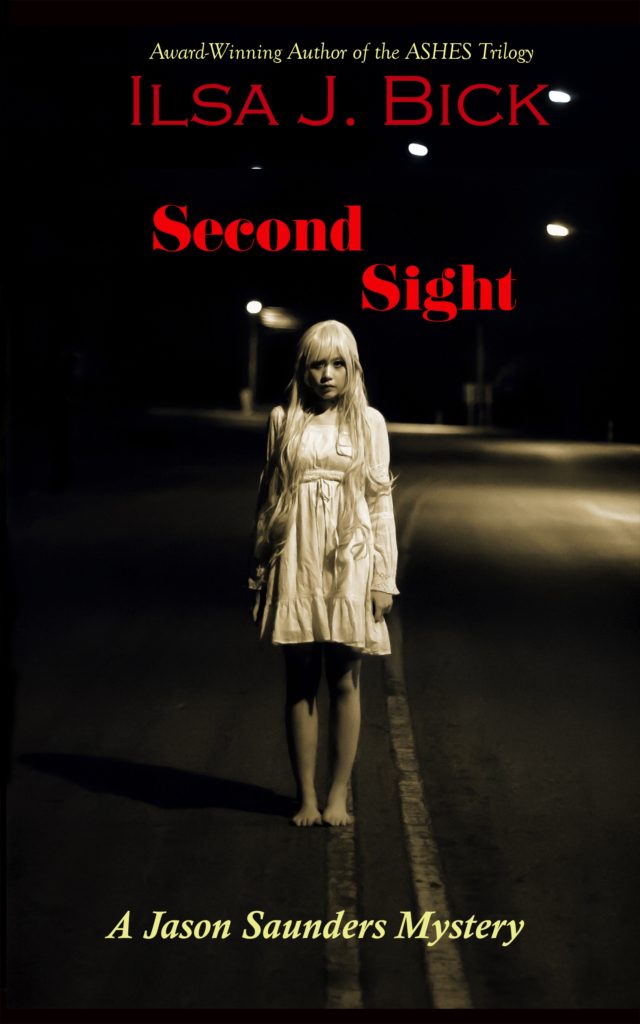
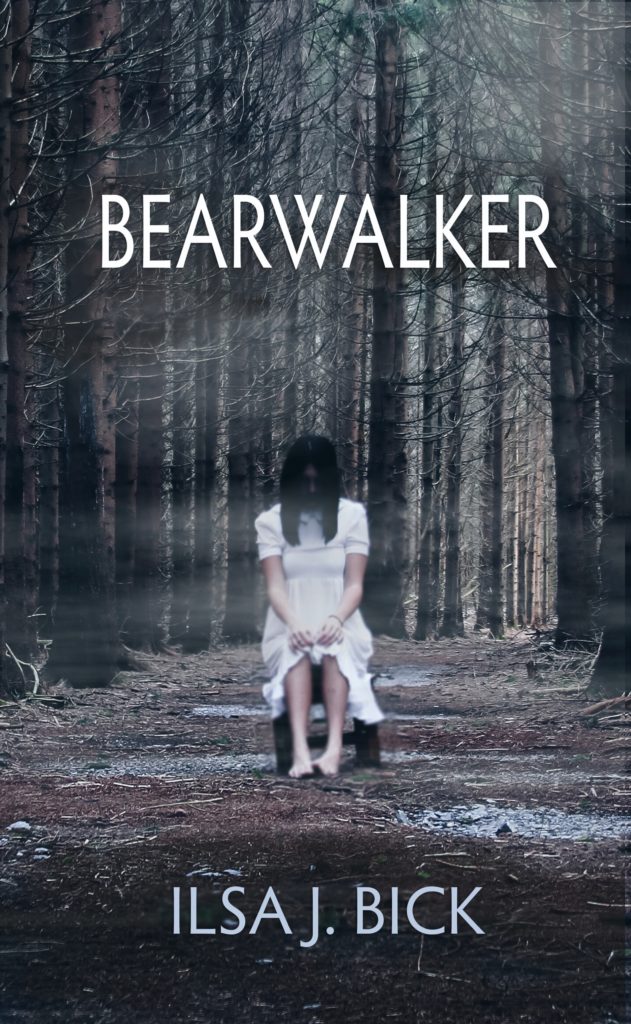
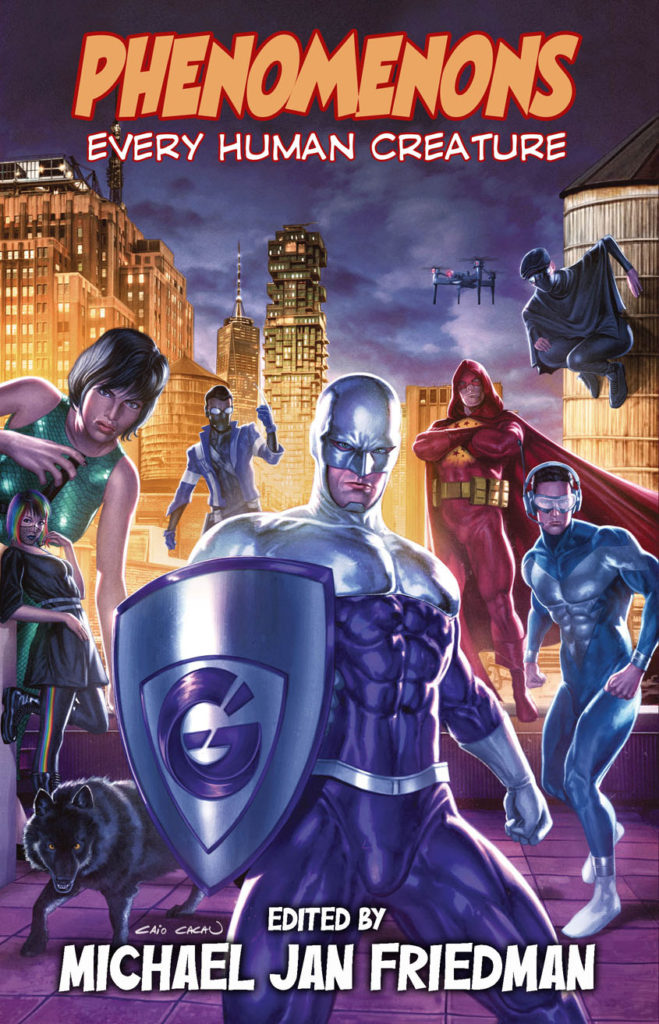
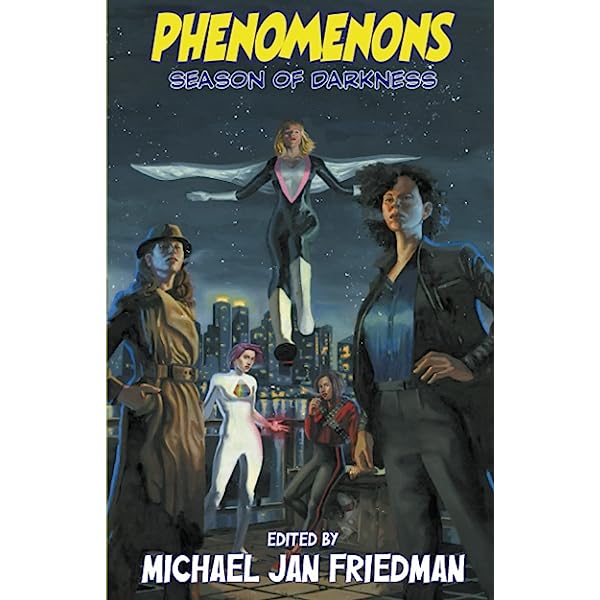

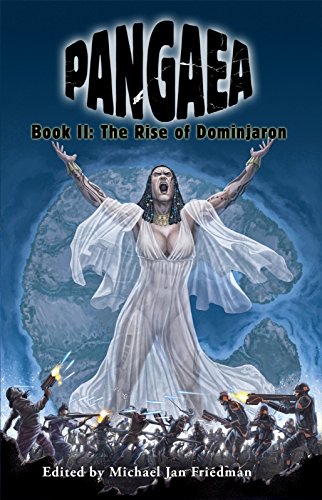
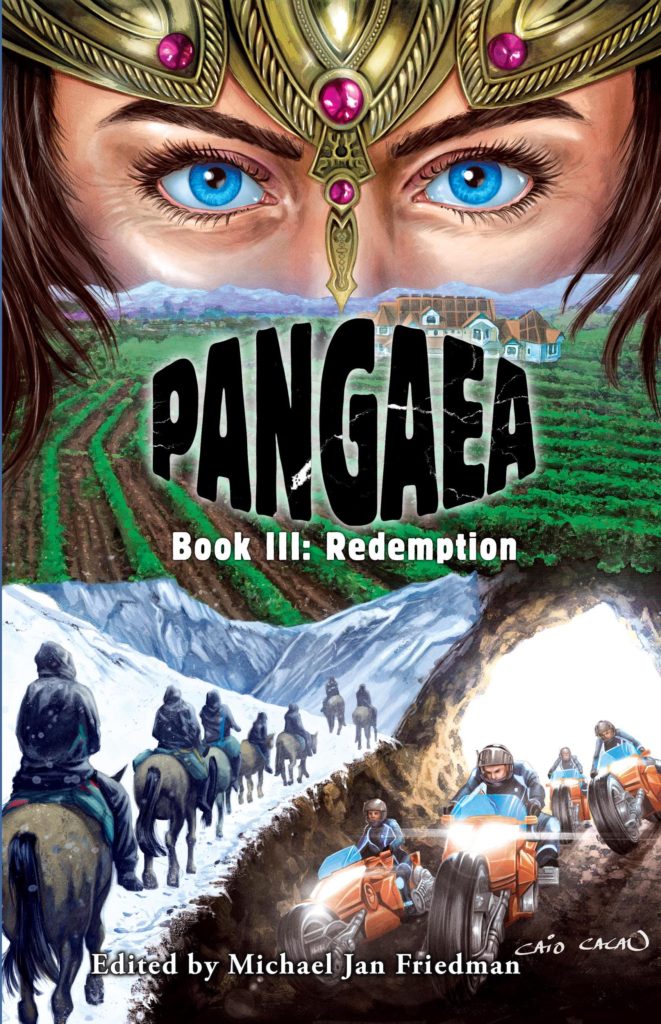
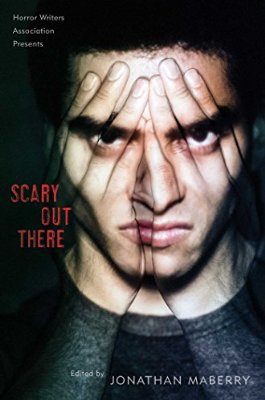
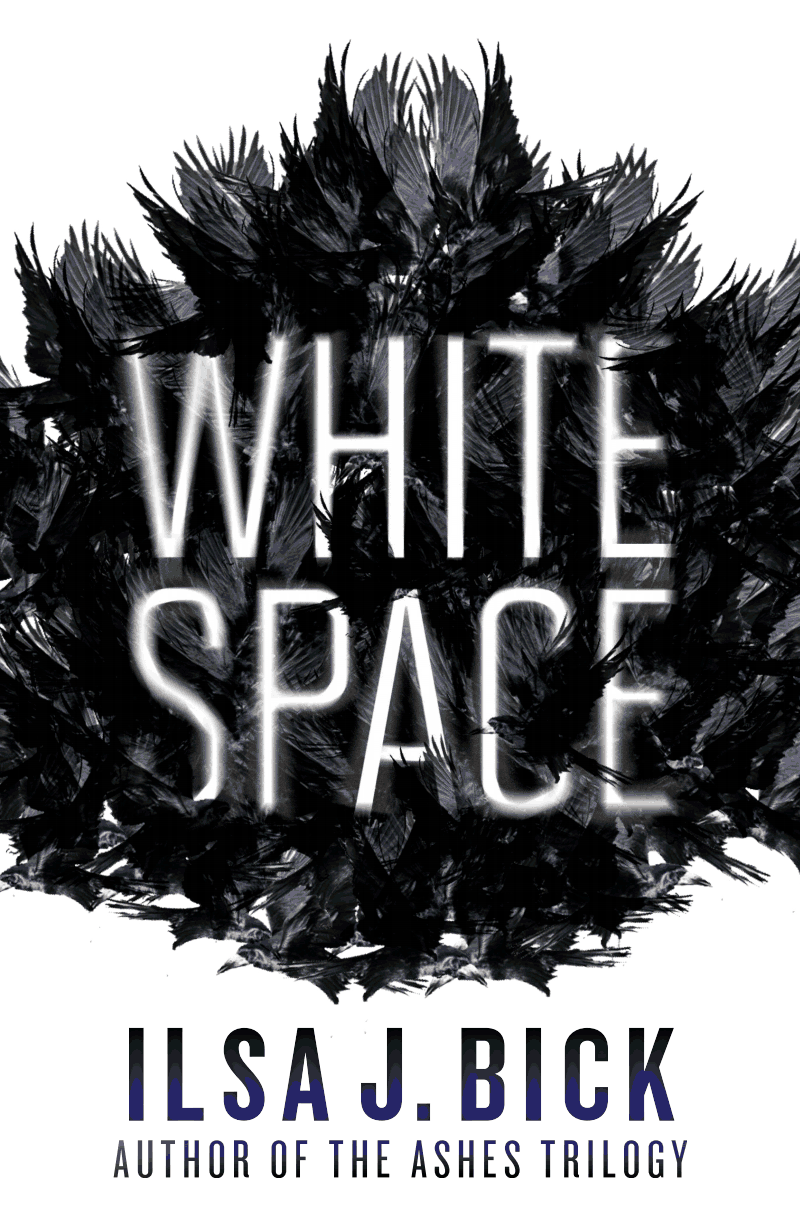
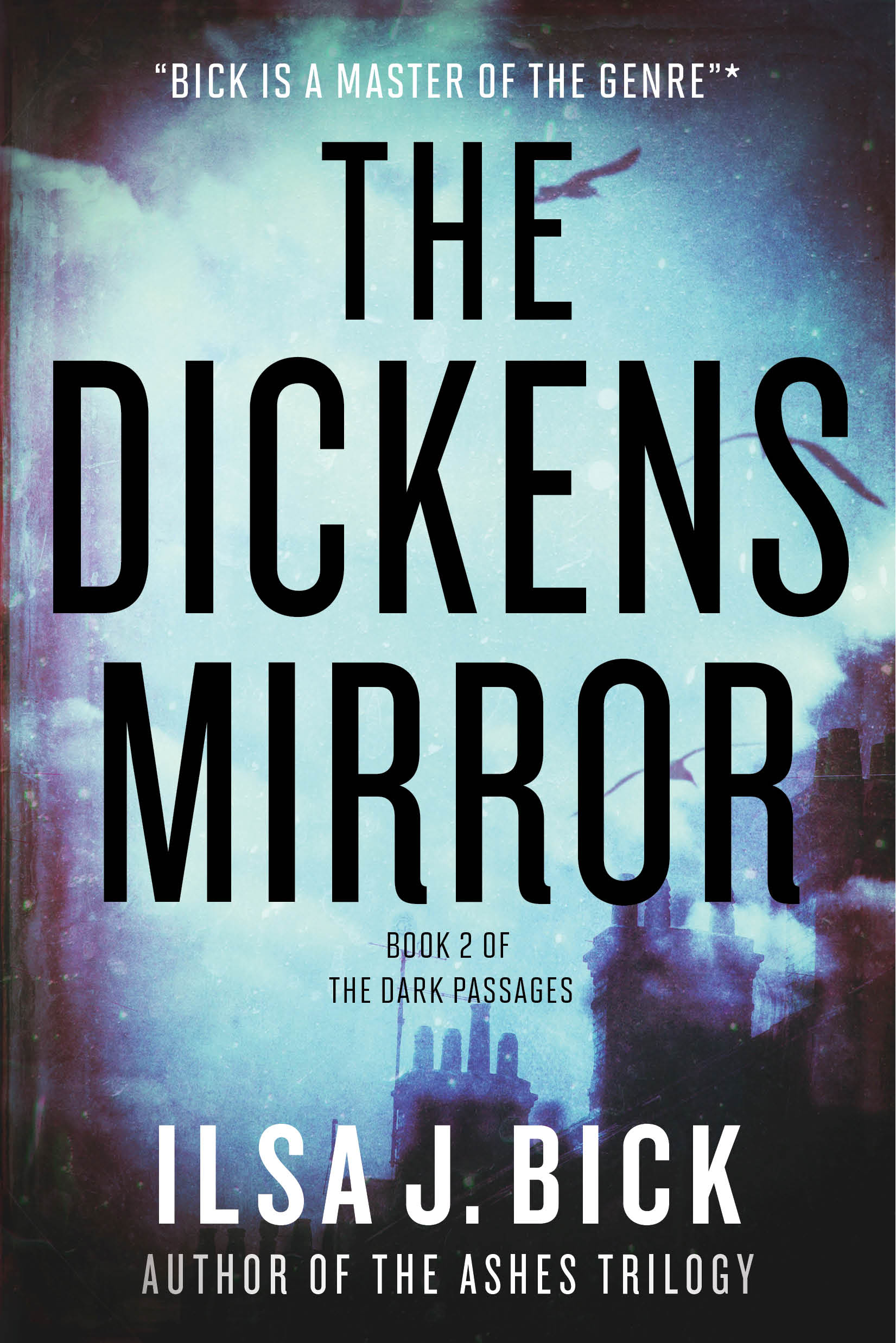
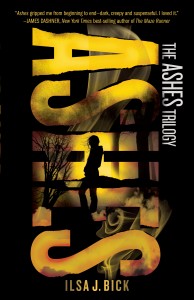
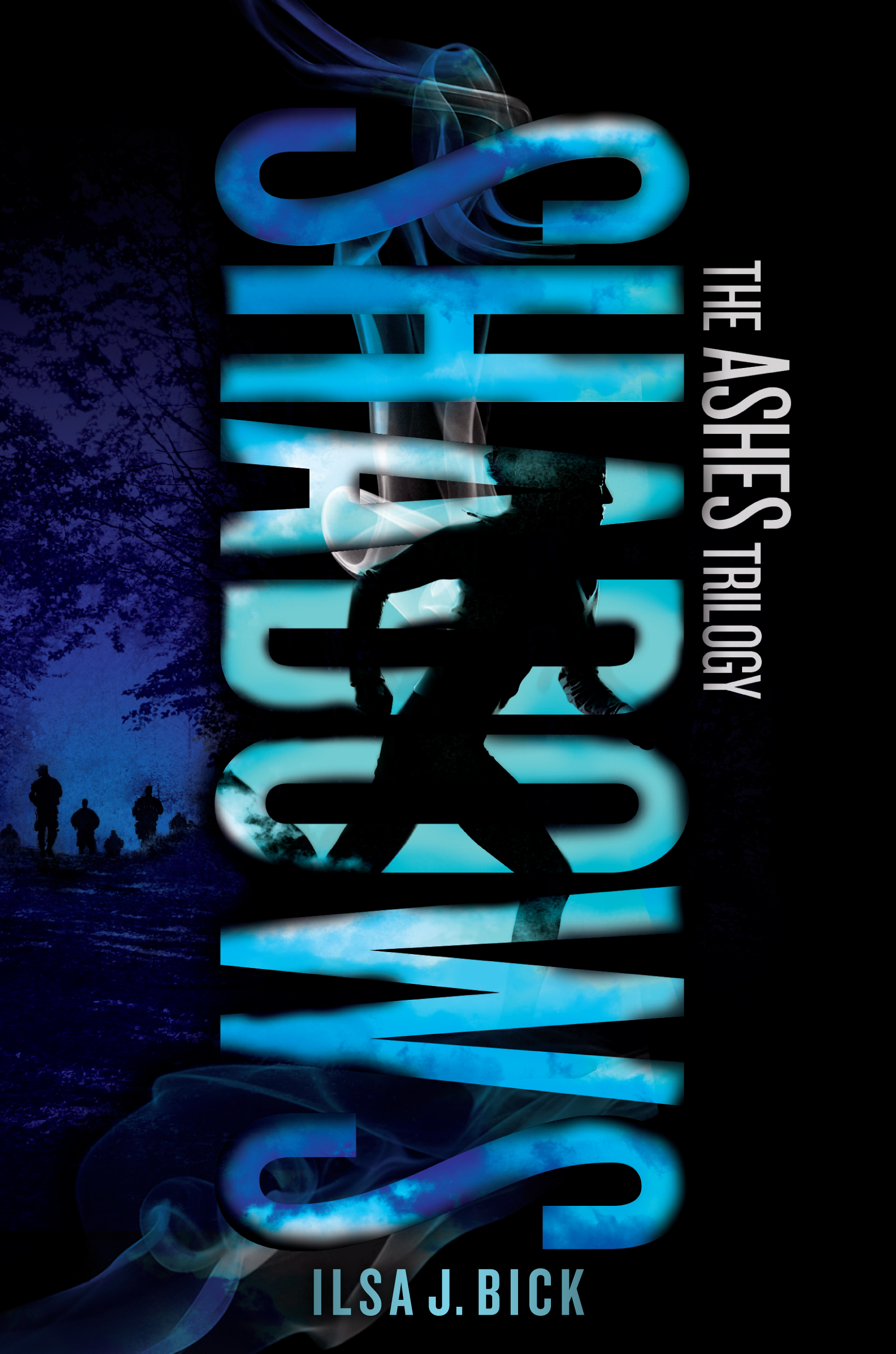
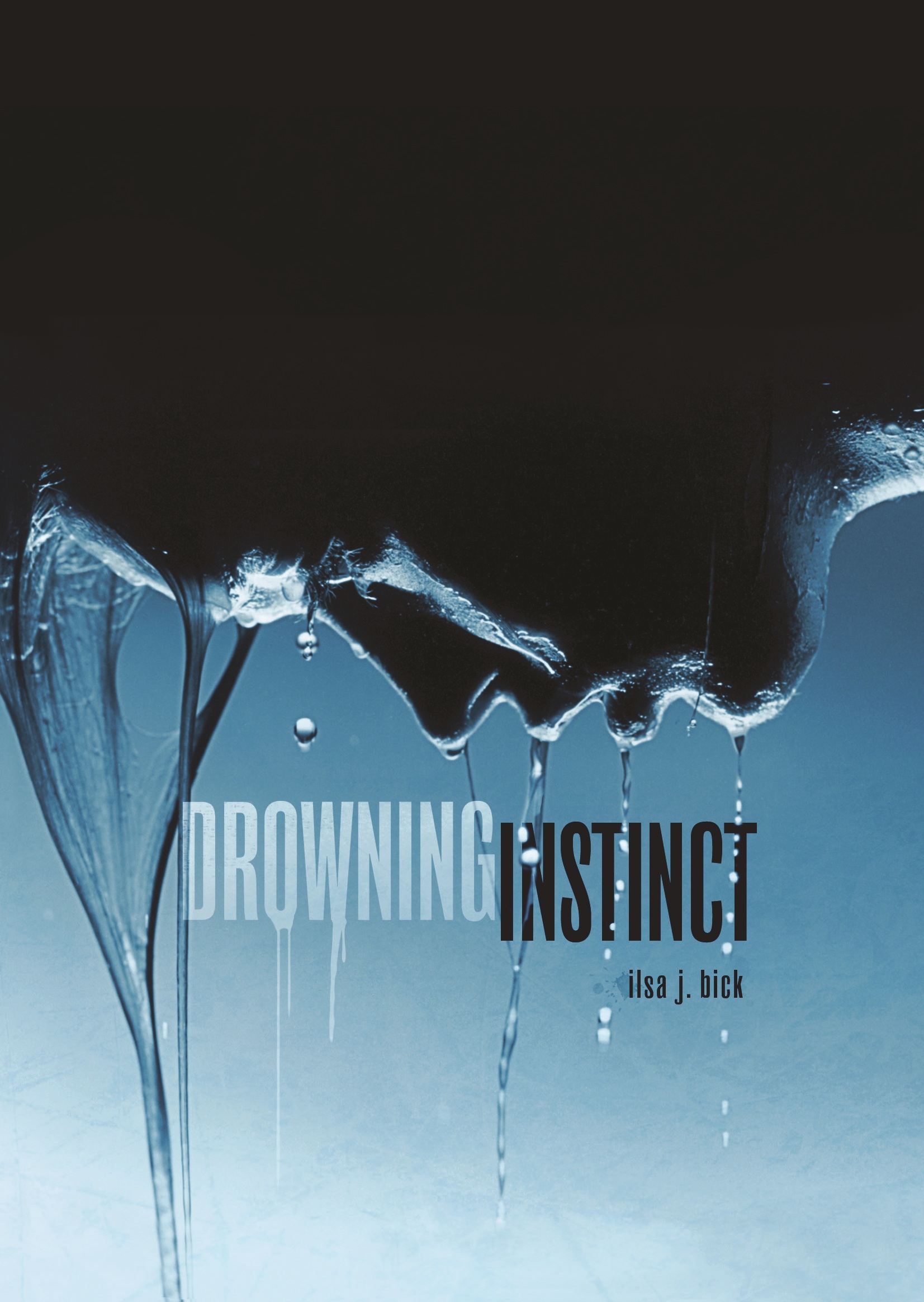
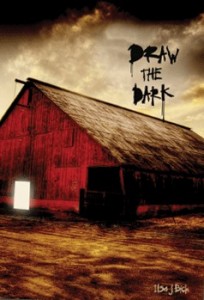
Great story; it’s always fun to get a peek behind the scenes.
Also, I miss SciFi’s fiction site. There was some really good reading there, once upon a time.
Yeah. Sigh.